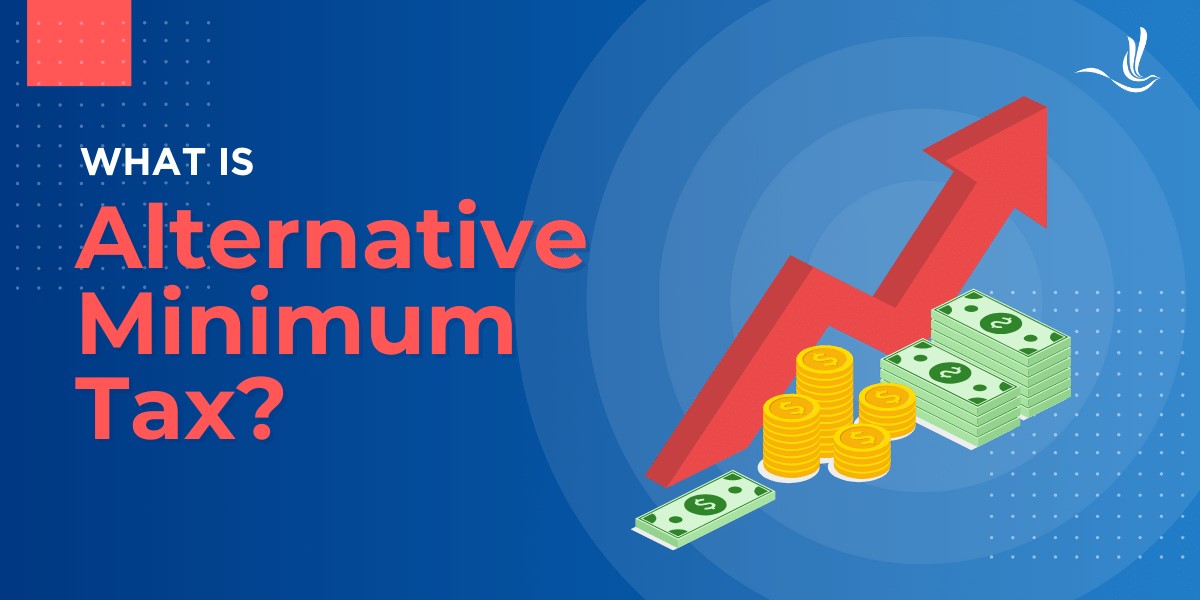In June, Senate Republicans introduced their version of the One Big Beautiful Bill taxA tax is a mandatory payment or charge collected by local, state, and national governments from individuals or businesses to cover the costs of general government services, goods, and activities.
changes. The Senate bill includes additional reforms to the tax treatment of multinational enterprises (MNEs). One reform would eliminate provisions that exclude a deemed return on tangible assets, known as qualified business asset income (QBAI), from certain tax calculations. Eliminating QBAI would have notable downsides.
QBAI Is Designed to Help the US International System Target Intangible Income
Designing a corporate tax system requires balancing competing objectives. One such balancing act is between competitiveness and protecting the corporate tax baseThe tax base is the total amount of income, property, assets, consumption, transactions, or other economic activity subject to taxation by a tax authority. A narrow tax base is non-neutral and inefficient. A broad tax base reduces tax administration costs and allows more revenue to be raised at lower rates.
. MNEs make investments and earn profits throughout the world while competing with foreign corporations. Ideally, a tax system would not get in the way of that productive activity. At the same time, differences in tax systems across jurisdictions create incentives for corporations to organize their affairs in ways that reduce their worldwide effective tax rates. A tax system should limit these incentives to protect the domestic tax base from erosion.
The current tax treatment of MNEs attempts to find a middle ground between these two objectives with two categories of income: global intangible low-tax income (GILTI) and foreign-derived intangible income (FDII), both of which use QBAI in their calculation and have a lower effective tax rate than the rest of the corporate income taxA corporate income tax (CIT) is levied by federal and state governments on business profits. Many companies are not subject to the CIT because they are taxed as pass-through businesses, with income reportable under the individual income tax.
system. For 2025, the maximum rate on GILTI and FDII is 13.125 percent, but current law, the House-passed bill, and the Senate draft differ on rates for 2026 and later.
Why offer these categories of income a lower rate than the domestic 21 percent? In most cases, differential rates on different types of income are thought to be a bad idea. However, lower rates may be worthwhile for the income thought to be highly mobile, such as intangible assets: valuable business properties like patents or brands that don’t have a clear physical presence or location.
In such cases, the optimal rate may simply be lower for that income because of a highly elastic tax base. It is better, the idea goes, to capture the income at a low rate than simply lose it entirely to another country. Together, FDII and GILTI operate as a carrot and stick, encouraging MNEs to locate elastic profit in the US and discouraging them from locating it in low-tax jurisdictions.
The QBAI exemption is critical for targeting FDII and GILTI at intangibles. QBAI requires MNEs to subtract 10 percent of the value of their tangible assets from the base of FDII and GILTI, simulating a kind of return on those assets. With a return on tangible assets removed, both definitions of income are left with the return on intangible assets.
The Senate’s Plan Would Greatly Change the Purposes of GILTI and FDII
The Senate bill would eliminate the QBAI exemption as part of a broader reform to the tax treatment of MNEs. This change would lose revenue, according to both the Joint Committee on Taxation (JCT) and Tax Foundation’s CorpTax model. JCT projects the change would reduce revenues by $6.6 billion over 10 years, because the elimination of QBAI from FDII (effectively a tax cut) is greater in magnitude than the elimination of QBAI from GILTI (effectively a tax increase). Tax Foundation’s model evaluates these components at a $21.7 billion tax cut from the elimination of FDII QBAI and a $13 billion tax increase from the elimination of GILTI FDII, for an $8.7 billion tax cut in total.
Besides losing revenue, the repeal of QBAI would change the nature of FDII and GILTI in ways that lawmakers should carefully consider.
First, applying GILTI to the returns to both tangible and intangible income risks putting US-based MNEs at a competitive disadvantage in foreign markets. US MNEs would be required to earn a higher return on the same investment than their foreign competitors that are not subject to GILTI. This could result in reduced foreign investment and market share for US corporations, which would have negative impacts on US shareholders and, potentially, the broader US economy. In fact, applying GILTI to both types of returns would make the US tax much more similar to a pure worldwide corporate income tax that taxes all foreign profits each and every year.
Notably, the existence of the Pillar Two global minimum tax does not alter the competitive landscape much. In jurisdictions with Pillar Two, both US- and foreign-based MNEs will be subject to the 15 percent minimum tax. This is higher than the proposed GILTI rate. However, Pillar Two contains a similar exemption for deemed returns (and an additional exemption for payroll) much like QBAI. As a result, US companies may still face additional tax under GILTI that foreign competitors do not face.
Second, eliminating QBAI would convert FDII into an explicit export subsidy. The returns to all investments attributed to sales to foreign jurisdictions would now qualify for the lower tax rates. While this is likely the goal of the drafters, it risks worsening already fragile trade relations with the US’s closest trading partners. Finally, the elimination of FDII QBAI is simply a revenue reduction that may need to be offset by other taxes, especially given the Senate’s apparent rough target of raising similar revenues to current policy international rules. The elimination of GILTI QBAI does not fully offset the revenue loss of the elimination of FDII QBAI; overall, the modest net tax cut limits the ability to offer taxpayers relief in other, more impactful ways.
If lawmakers and the Trump administration expect the conversion of FDII to an export subsidy to improve the US trade balance, they will be disappointed. The balance of trade between the United States and the rest of the world is driven by the balance of saving and investment in the United States. The US runs a trade deficit because investment exceeds saving. The export subsidy, by increasing the demand for US goods and the dollars required to purchase them, would result in an increase in both imports and exports so that the trade balance remains equal to the investment-saving balance.
QBAI’s Flaws May Lead to Its Demise
Of course, QBAI has its faults. Most importantly, it is extremely poorly understood. There are good reasons to consider a distinct system for intangible-derived income. However, QBAI lets the US arrive at a measure of intangible income only indirectly, through a subtraction of tangible from the total. This design also creates the impression that perhaps a QBAI-less version of GILTI or FDII is a kind of default, with QBAI as an optional addition, even though both GILTI and FDII need QBAI or a similar substance carveout to earn the “I” for “intangible” in their acronyms. Furthermore, the deemed rate of return on tangible investments is simply an arbitrary constant.
Perhaps most simply, the combined QBAI system is a tax hike, while removing it is a tax cut, both overall and likely for most large MNEs as well. Few taxpayers, if any, are incentivized to advocate for the QBAI element by itself.
The Senate’s commitment to updating, fixing, or modifying flawed Tax Cuts and Jobs Act provisions is admirable. QBAI, however, is a provision that needs to be updated or modified rather than outright eliminated. In its absence, the categories of income once known as GILTI and FDII are no longer intangible income. In turn, the potential rationales for including separate tax regimes for these two income categories also change. Lawmakers should consider maintaining QBAI and applying the several billion dollars from the Senate’s change toward other pro-growth international tax reforms instead.
Stay informed.
Get the latest tax data, news and analysis.
Subscribe
Share this article


























